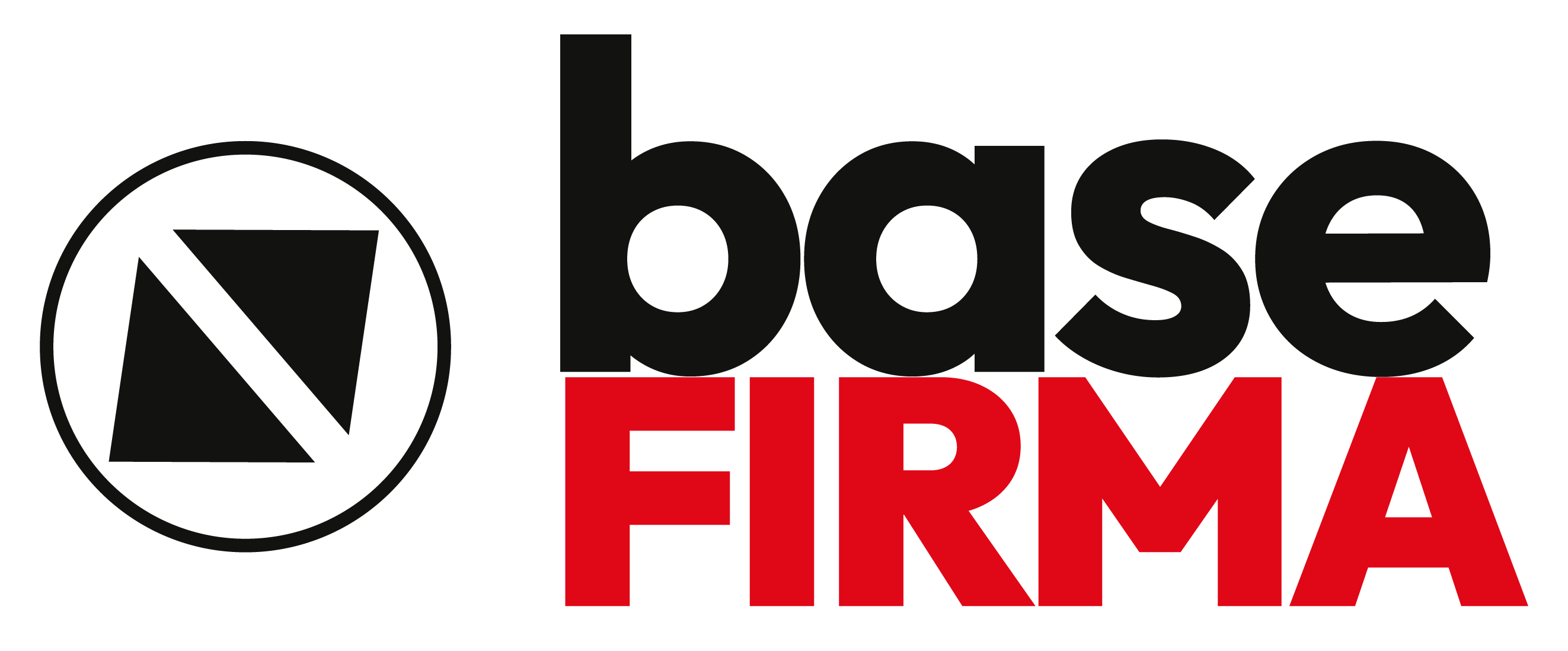Introduction
At the heart of every transfer pricing documentation lies a robust functional analysis. This analysis examines which related parties contribute functions, assets, and risks, and ensures they are compensated accordingly. While functions and assets are commonly understood as sources of income deserving remuneration, the risks incurred are often overlooked. In this piece, we delve into the industry built around risk itself: insurance.
Considerations
In the insurance industry, related-party transactions include underwriting, claims management, reinsurance, and actuarial services. Each of these transactions carries unique functional and risk profiles that complicate the transfer pricing analysis.
- Reinsurance: Reinsurers assume a significant portion of the risk that insurers would otherwise bear. As such, these transactions demand appropriate remuneration reflective of the level of risk undertaken. A reinsurer’s compensation should align with the magnitude and uncertainty of the liabilities they assume, as well as the capital required to support these risks.
- Actuarial Services: Many multinational insurance groups centralize actuarial functions, creating shared service centers that develop models and provide risk management expertise. While these services are critical, they differ from bearing the actual risk. The remuneration for actuarial calculations should reflect their role in managing—not assuming—risk.
- Challenges in Comparability: Insurance policies often feature unique characteristics and variables—ranging from policyholder demographics to geographical risk factors. This complexity makes finding reliable internal comparables difficult. Finding external benchmarks is further complicated by variations in regulatory frameworks, product designs, and market conditions across jurisdictions.
An effective transfer pricing approach for the insurance industry starts with recognizing that risk is a central source of income. The allocation of profits must reflect the functions performed (e.g., underwriting), the assets deployed (e.g., reserves, models, intellectual property), and the risks assumed (e.g., catastrophic events or long-tail liabilities).
Where reinsurance arrangements exist, distinguishing between entities providing actuarial expertise and those truly assuming the risks ensures that each party is appropriately compensated. For instance, the reinsurer must receive a margin commensurate with the risk transfer, while actuarial service providers should earn a service fee tied to their functions.
This requires rigorous application of transfer pricing methods. These methods must be supported by comprehensive documentation that reflects:
- The actuarial variables affecting pricing and margins.
- The functions, assets, and risks inherent in each transaction.
- A careful selection of comparables or adjustments to accommodate unique industry characteristics.
Key Takeaways
- Functional Analysis is Key: A thorough functional analysis that captures functions, assets, and risks is essential for defensible transfer pricing documentation.
- Risks Matter: In the insurance industry, risks are not only a cost but a source of income and must be remunerated as such.
- Reinsurance Distinction: It is vital to differentiate between functions supporting risk management (e.g., actuarial services) and those assuming risks (e.g., reinsurers).
- Comparables: Identifying suitable comparables in the insurance industry can be particularly challenging due to the highly individualized nature of insurance policies. Factors such as coverage terms, regional risk exposure, and policyholder demographics introduce significant variability. While contracts with independent third parties may exist, not all internal CUP method applications stand up to scrutiny, due to differences in the variables driving premium volatility and margins. Given the strong preference many tax authorities have for the CUP method (particularly internal), it is important to directly address those differences when ruling out or applying this method.
- Documentation Drives Compliance: Robust documentation that aligns the transfer pricing method with the transaction’s specifics is critical for demonstrating compliance.
Source/Reference
OECD Guidelines on Transfer Pricing for Multinational Enterprises and Tax Administrations (2022 Edition).
If you need more information, feel free to contact: :andres.stante@basefirma.com
